
Benefits
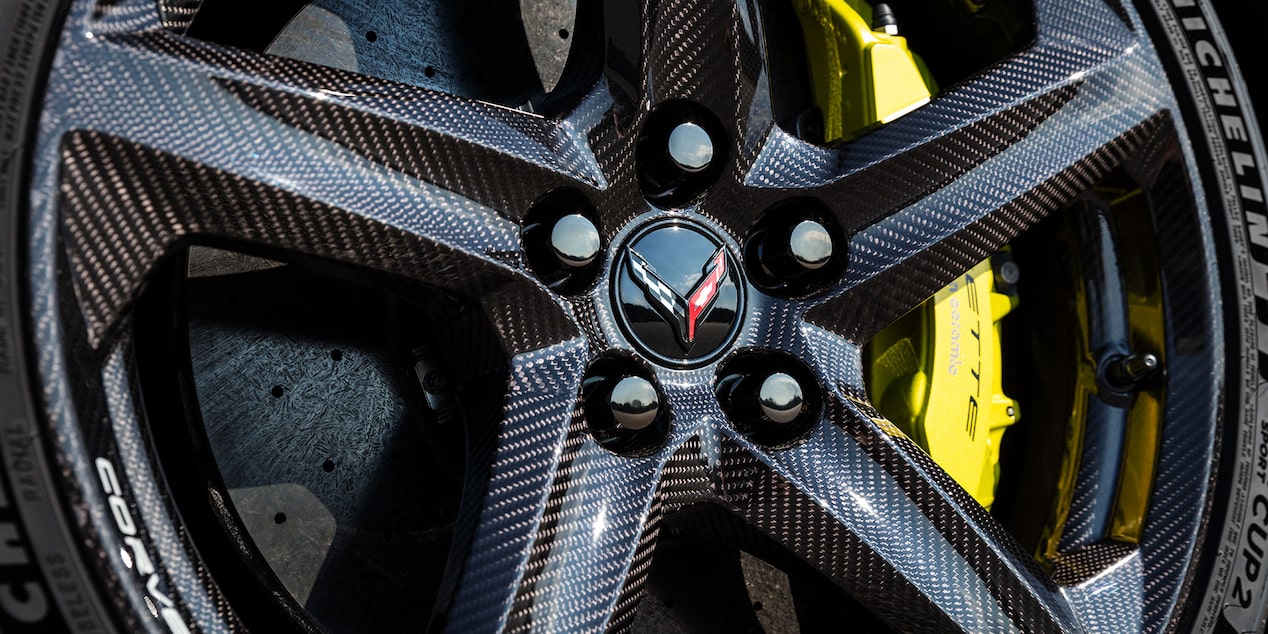
Carbon Revolution wheels are an efficiency technology.
Carbon Revolution one-piece carbon fibre wheels are up to 40% to 50% lighter than comparable aluminium wheels, at the same strength. Reductions in unsprung, rotational mass and improvements lateral stiffness associated with Carbon Revolution wheels reap rewards, on the road and the track.
Over a 2-minute lap, switching to Carbon Revolution wheels can save 1.5 seconds per lap, all other factors being the same.
Below are some of the benefits of Carbon Revolution wheels, compared to traditional wheels made of aluminium.
Increased performance and efficiency
Acceleration and braking
Range and fuel economy
Better cornering
Strength
Aerodynamics
Larger wheels
Noise, Vibration & Harshness (NVH)
Durability

Increased Performance & Efficiency
Reducing mass from the vehicle’s wheels reduces its unsprung mass – components which aren’t under load of the suspension. These include wheels, tyres, brakes and steering components.
Furthermore, reducing wheel mass reduces rotational mass. A lighter wheel is easier to move, and easier to stop when moving. This reduction in wheel mass vastly improves a vehicle’s efficiency, increasing performance and reducing energy consumption.

Acceleration & Braking
Making a wheel lighter reduces its inertia, meaning it is easier to input a force to that wheel. This includes acceleration, deceleration and cornering.
On the road, this means faster acceleration and reduced stopping times. On the track, it means improved lap times.

Range and fuel economy
Improving wheel efficiency reduces the amount of energy required to accelerate. This reduces fuel consumption in internal combustion engine vehicles, and increases range for EVs.
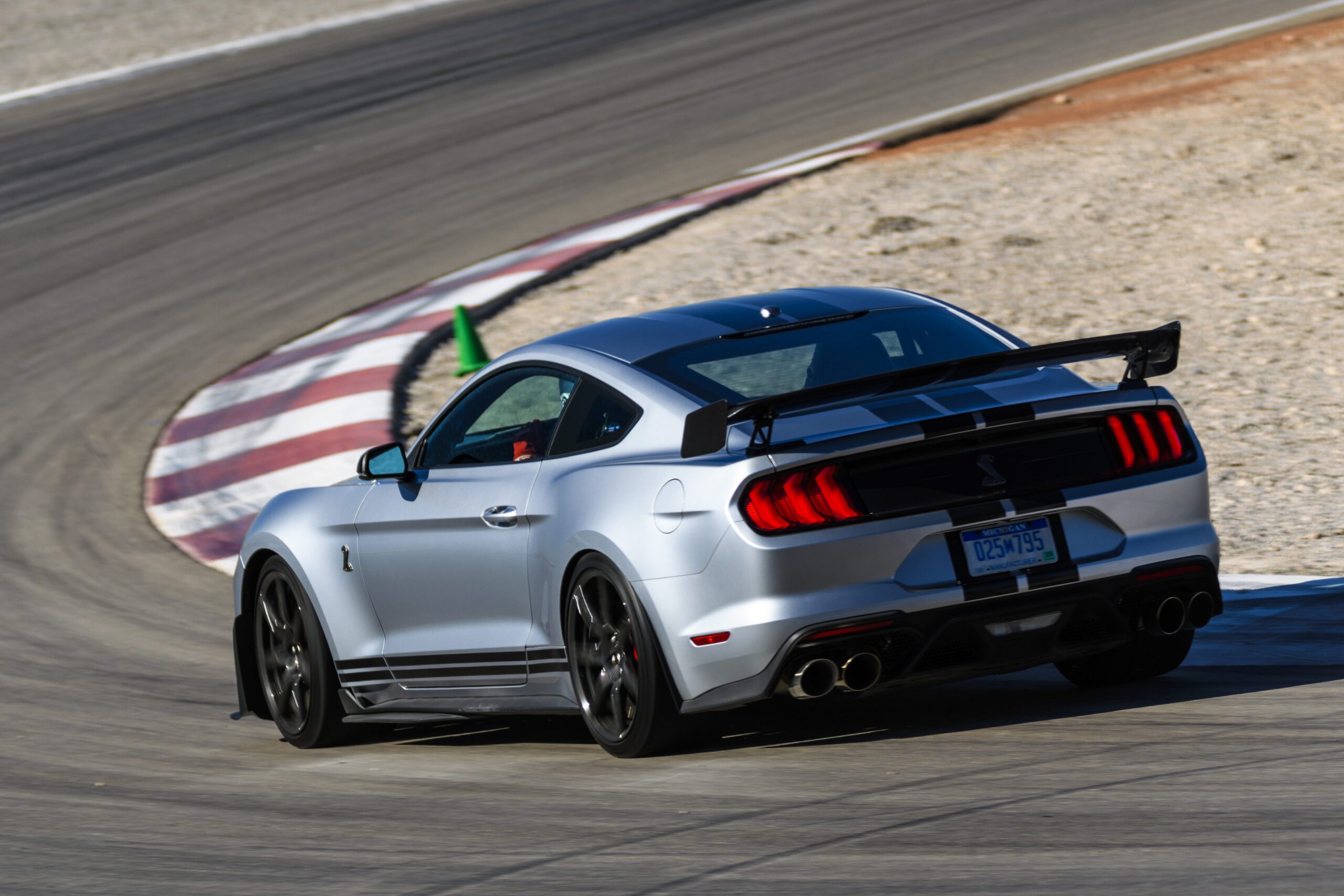
Better cornering
Fitting our lightweight wheels makes a noticeable difference. Reducing unsprung mass means shock absorbers are able to respond quicker, keeping the tyre in better contact with the road surface. Every driving dynamic of the vehicle changes – steering becomes sharper, the handling is crisper and more responsive.
Mechanical grip is improved as the wheel is in optimum contact with the road, making it easier to track around corners and put down power. All of this creates better lap times, without any increase to horsepower.
The immense lateral stiffness of Carbon Revolution wheels means less tyre wear, no blistering and faster lap times. Our wheels can run less static negative camber than aluminium wheels, which means more of the tyre is in contact with the surface more often. This improves performance on straights, in corners and under braking.

Strength
Modern vehicles are heavy, particularly EVs which carry a large number of batteries.
This added weight must be borne by the vehicle’s wheels. Carbon fibre reinforced polymers can be developed to be much stronger than aluminium, allowing Carbon Revolution to make lightweight wheels which have a load rating that meets any OEM requirement, whether it be for a car, SUV, truck or even aerospace applications.
We’ve completed the virtual validation of a prototype wheel design for a CH-47 Chinook helicopter, with a vertical static design load requirement of over 9000kg per wheel.
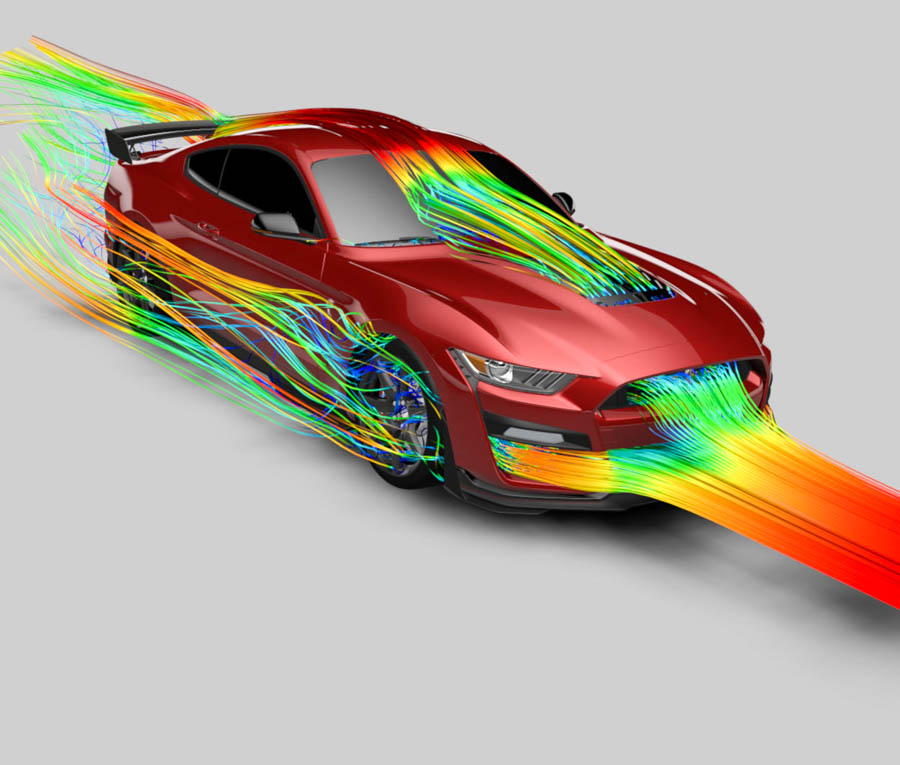
Aerodynamics
The low mass of carbon fibre also allows Carbon Revolution engineers to create wheel designs with low aerodynamic drag, which further improves wheel efficiency. While these designs may be possible with metal wheels, the added weight of the larger surface area required to create an aerodynamic form reduces the efficiency benefit. Carbon fibre allows the design of highly efficient thin aerodynamic structures in the wheel, without significant weight penalty.
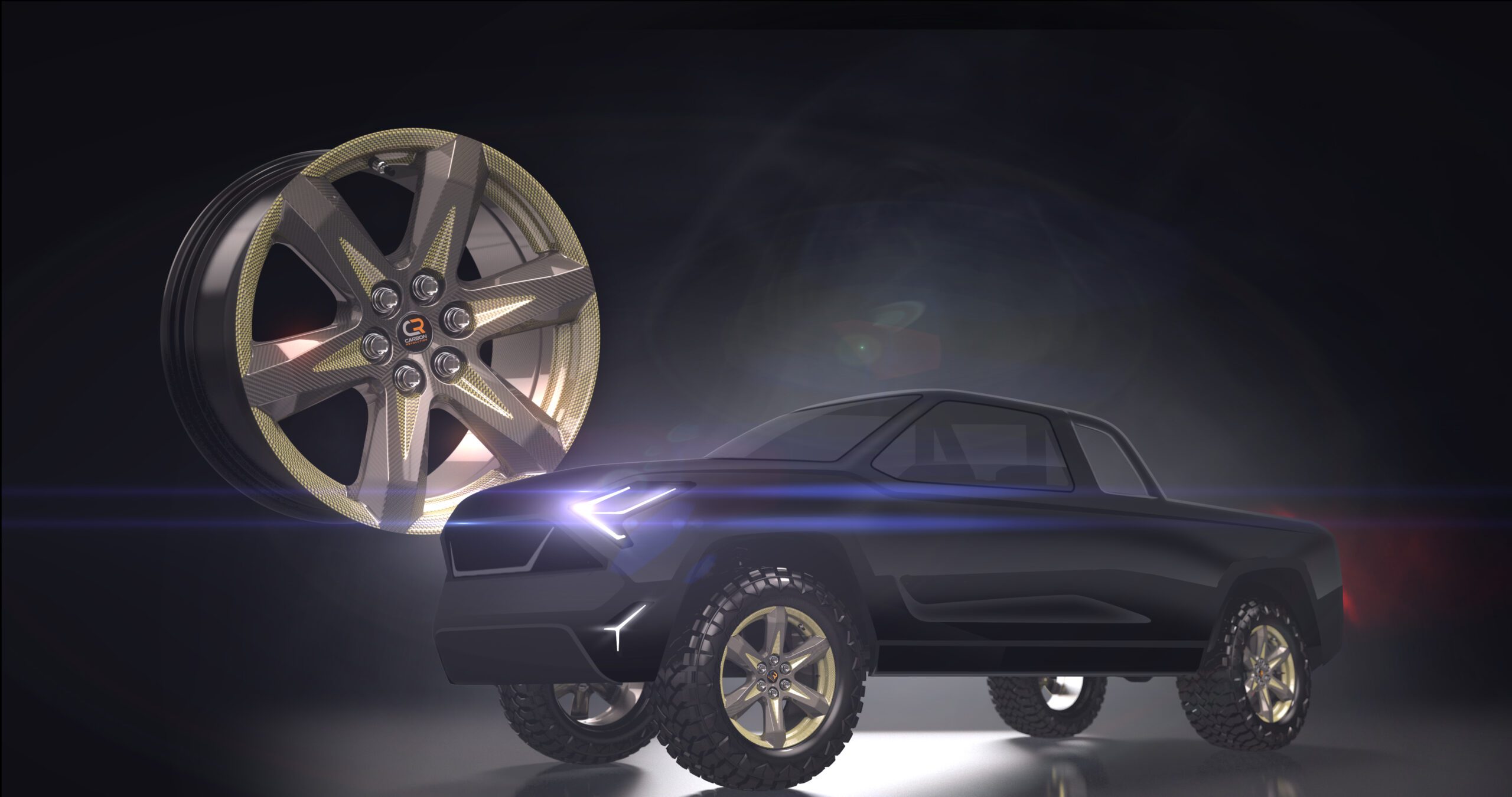
Larger wheels
The automotive market continues to move towards larger wheels. However, the weight of increasingly large steel and aluminum wheels creates additional challenges for EV manufacturers. EVs are already heavier than ICE vehicles due to the weight of batteries, and additional weight on a vehicle reduces its range. As the size of these wheels increases, it therefore becomes increasingly impractical to combine them with batteries. The additional weight of larger wheels also increases the strain on vehicle suspension, challenges vehicle performance and makes it harder for manufacturers to meet performance targets for the vehicles.
Carbon Revolution is well progressed with the development of a 24-inch carbon fibre wheel which is as strong as an aluminium wheel of the same size, but weighs the same as an 18-inch wheel – around 45-50% lighter. At that size, weight savings can be more than 100 lbs across four wheels.
By modifying the wheel’s complex internal carbon fibre structure, significant improvements in load rating can be realised without a major weight penalty, allowing fitment of lightweight wheels with very high load ratings, ideal for the emerging generation of EV pickups and SUVs.
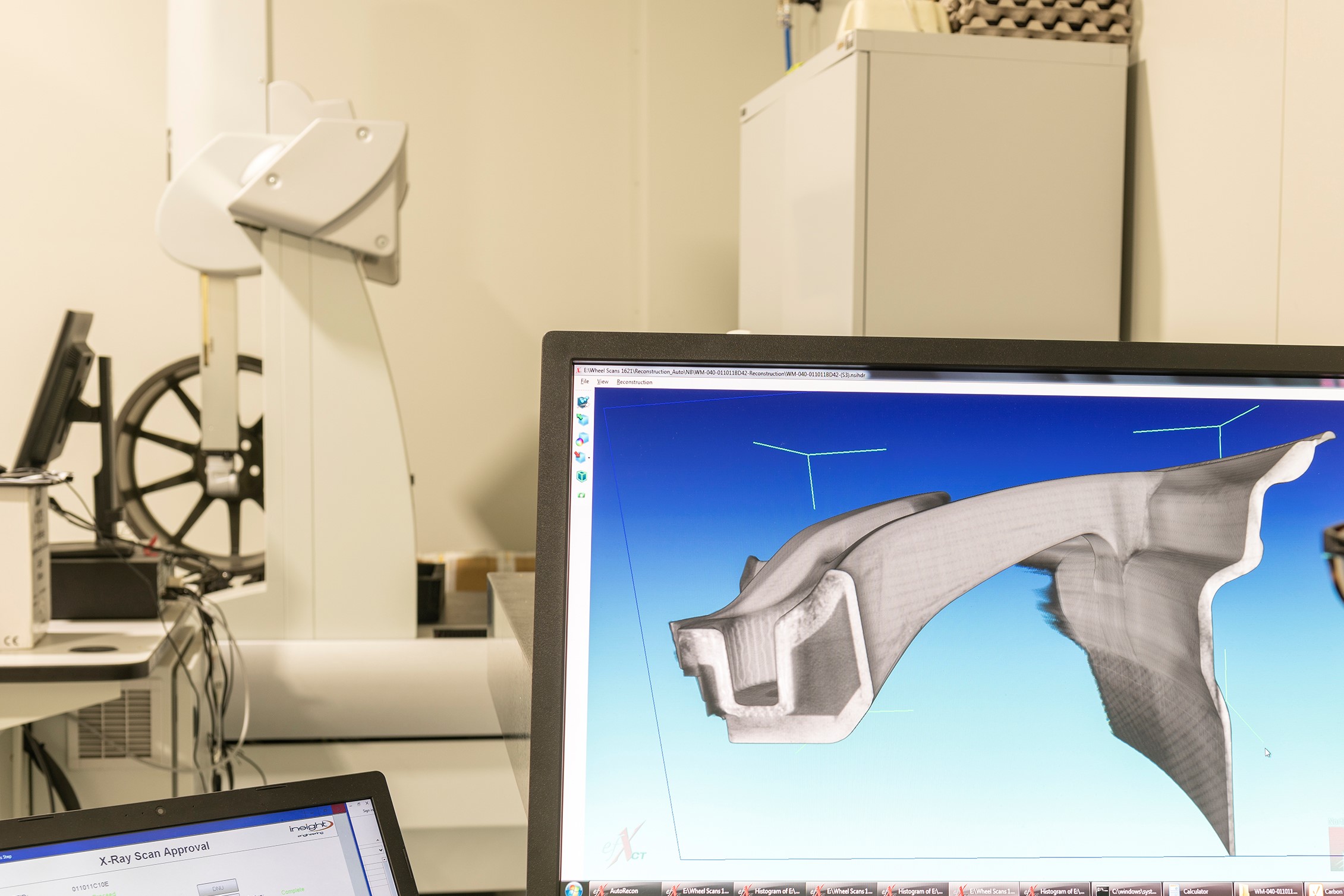
Noise, Vibration & Harshness (NVH)
Carbon fibre wheels can reduce road noise compared to aluminium wheels. While metal wheels can act like a bell, the low density, highly damped nature of carbon fibre reduces the transmission of road noise.
Unlike metals, carbon fibre is an anisotropic material, which means the complex internal structures of carbon fibre wheels can also be ‘tuned’ to avoid resonant frequencies which coincide with other frequencies in the vehicle – perceived as road noise by vehicle occupants.
Reductions in NVH are particularly noticeable in EVs, where near silent powertrains make road noise more apparent to occupants. While strategies to reduce sound result in adding weight to a vehicle, Carbon Revolution reduce noise, and save weight.

Durability
Carbon Revolution wheels are incredibly strong and have been designed to meet all OEM durability requirements.
A chief engineer for one of our OEM customers publicly stated the OEM had to come up with new kinds of tests to break our wheels.
Our wheels pass OEM requirements for potholes and bumps on the road.
